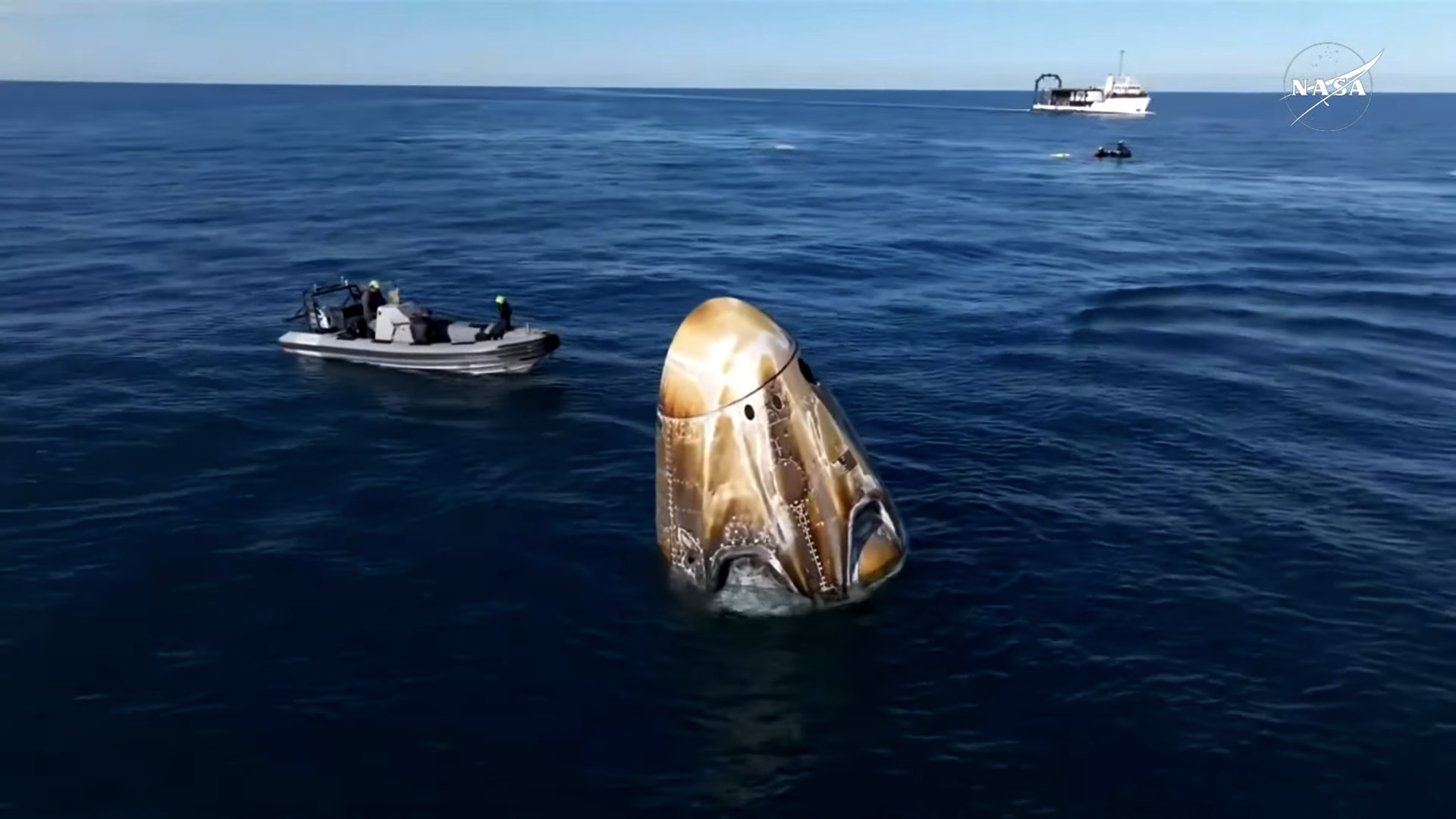Now Reading: These are the sharpest images yet of planets being born around distant stars
-
01
These are the sharpest images yet of planets being born around distant stars
These are the sharpest images yet of planets being born around distant stars

Astronomers have captured the sharpest, most detailed images yet of young solar systems where planets are just beginning to take shape.
Exquisite snapshots released on Monday (April 28) provide a rare glimpse into the earliest stages of planet formation in more than a dozen star systems, revealing where planets emerge, how quickly they form and what materials they’re made from. Scientists say the data could help refine computer models of planetary formation and evolution, as well as shed new light on how these infant systems compare to the myriad of mature exoplanets already discovered.
The high-resolution, science-packed images come thanks to advanced imaging techniques courtesy of the Atacama Large Millimeter/submillimeter Array (ALMA) in Chile. These techniques reduce distortions and sharpen clarity, boosting astronomers’ ability to map out the planet formation process with greater precision by revealing finer structures within the protoplanetary disks — the swirling gas and dust surrounding young stars, according to a statement.
The newly developed techniques “are like switching from reading glasses to high-powered binoculars,” Richard Teague of the Massachusetts Institute of Technology, who serves as the principal investigator of the project, said in the statement. “They reveal a whole new level of detail in these planet-forming systems.”

Using ALMA, Teague’s team captured images of 15 young star systems sprinkled in space between a few hundred to 1,000 light-years from Earth. Rather than rely on direct detection of a young planet’s faint light, Teague’s team looked for the subtle clues these infant worlds imprint on their surroundings — such as gaps and rings in dusty disks, swirling gas motions caused by a planet’s gravity, and other physical disturbances that hint at a planet’s presence. To uncover these signatures, the researchers used ALMA to map the motion of gas within over a dozen protoplanetary disks.
“It’s like trying to spot a fish by looking for ripples in a pond, rather than trying to see the fish itself,” Christophe Pinte, an astrophysicist at the Institute for Planetary sciences and Astrophysics in France, who was also a principal investigator of the project, said in the statement.
Related Stories:
Initial analysis of the images, detailed in 17 newly published papers, clearly shows that these protoplanetary disks with still-forming planets are highly dynamic, chaotic places that already harbor complex structures, the team says.
Among the key findings are fresh insights into how large dust grains are gathered into rings — precursors to planets — and subtle signs of the disks’ gravitational influence, providing astronomers with a new way to gauge the mass available for forming planets.
“We’re seeing evidence of hugely perturbed and dynamic disks, highly suggestive of young planets shaping the disks they’re born in,” Teague said.A particularly notable aspect of the project, according to the research team, is that early-career scientists took the lead — authoring 12 of the 17 published papers, with more expected to follow later this year.
Stay Informed With the Latest & Most Important News
Previous Post
Next Post
-
 012024 in Review: Highlights from NASA in Silicon Valley
012024 in Review: Highlights from NASA in Silicon Valley -
 02Panasonic Leica Summilux DG 15mm f/1.7 ASPH review
02Panasonic Leica Summilux DG 15mm f/1.7 ASPH review -
 03How New NASA, India Earth Satellite NISAR Will See Earth
03How New NASA, India Earth Satellite NISAR Will See Earth -
 04And Thus Begins A New Year For Life On Earth
04And Thus Begins A New Year For Life On Earth -
 05Astronomy Activation Ambassadors: A New Era
05Astronomy Activation Ambassadors: A New Era -
06SpaceX launch surge helps set new global launch record in 2024
-
 07From Polymerization-Enabled Folding and Assembly to Chemical Evolution: Key Processes for Emergence of Functional Polymers in the Origin of Life
07From Polymerization-Enabled Folding and Assembly to Chemical Evolution: Key Processes for Emergence of Functional Polymers in the Origin of Life



















